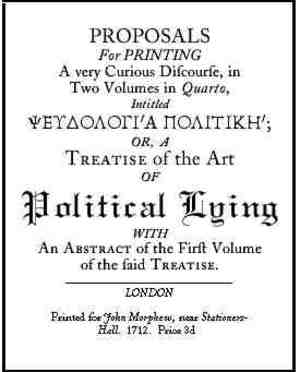As a personal fan of short stories, I started reading “An Occurrence at Owl Creek Bridge” by Ambrose Bierce with a positive attitude. What kept me captivated was Bierce’s writing style. Throughout the entire story, I couldn’t help but notice the short story is great enough with the plot, but worth reading alone to experience the Bierce style of writing. The sense of time, descriptive writing, and plot make this short story, I feel, very worthy of a literary analysis.
At the beginning, there is a gloomy outlook. The main character, Peyton Farquhar, is being hanged. The events leading up to his hanging accurately give the reader a case of anxiety, and finally, the reader assumes the death of Peyton as he undoubtedly meets his end. Immediately following, there is a very smooth transition into a flashback. The flashback is very valuable, and very well placed. It tells of Peyton’s background, and how he most likely came to be in his position at Owl Creek Bridge. This greatly placed flashback makes the reader forget about the present timing of events, which is very vital in making the illusion of Peyton’s daydream a reality. As quickly as this flashback comes into being, it ends.
The character slips into a very deadly daydream, and so begins the illusion. Through Peyton’s imaginary endeavors, the beauty of nature is bestowed upon the reader in a sense of time that would in most cases no be applicable. Time comes to a near halt as Peyton, in his daydream, has managed to fall into the stream of which he was being hanged over, and tries to make his escape. During the intense situation of dodging re-capture or death, everything taken for granted in normal day life has exploded into detail through Bierce’s descriptive writing. As Peyton makes his way across the stream, dragonflies buzz around the sluggish stream. Insects on leaves, spiders spinning intricate webs, millions of blades of grass, and dancing gnats fill Peyton’s vivid daydream. Through the entire scene, time becomes to a very believable standstill. Instead of the usual action escape scene, Bierce creatively makes the reader acknowledge the finer points of a near death experience- a very unselfish focus on what the reader would most likely miss on this world, instead of focusing on bettering the unfortunate situation.
As time reaches its slowest, most dull, point; it catalyzes into reality as Peyton fights to save his life. The sense of time is again reversed as Peyton dodges ammunition fire. Bierce increases the heart rate of the reader as the main character relies on pure luck to get away from the firing squad. Finally, Peyton escapes onto land. And again, as soon as time permits, he is taking into full effect of his surroundings. Bierce compares sand to gems, and encapsulates the reader’s sense of smell with the lush wildlife of the forest. His descriptive scenes again force the reader to slow the sense of time and take in the environment to its fullest effect.
Bierce makes the pathway home much briefer, although the main character Peyton actually spends a full night traveling home. This is essential for keeping the reader captivated, and keeping attention span of the reader so that the ending can appear out of nowhere and have its full effect of surprise. For the last time, Peyton’s daydream slows down. His sole wish to be in his wife’s arm, his foremost motive to escape, is at long last seconds away from occurring. The familiar descriptive writing style of Bierce accurately provides a sense of relief, and a happy ending. Without warning, Peyton’s senses do something very peculiar for the current scene. Although it would seem as Bierce is describing Peyton as blacking out, the anxious reader finds out in the next sentence that he is put to death from being hanged underneath Owl Creek Bridge. Even during such an incredibly shocking event, Bierce describes the body of Peyton as swaying gently side to side. Confusion is replaced by awe, as the reader pieces together the real events of the story.
And with the end the story, you have to take some time to rethink what you read. Stories that induce such thought after reading it are the best, I feel. Bierce’s writing style is perfect for a short story. He very proficiently goes from scene to scene, smoothly slows down or speeds time, and sets the entire story up for a shocking ending. For the time of being written, this story is, I feel, one of the best short stories of its time. Ambrose Pierce truly is an innovative writer, with a much respectable style of writing.




